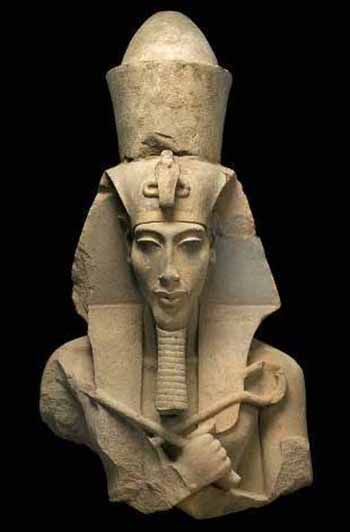
By 3100 BC, Egypt had a centralized government controlled by a line of hereditary rulers. These kings, called pharaohs, kept a royal court of advisors and nobility, and oversaw the governors of the provinces of the kingdom. They were also commanders of the Egyptian army. Even the priests and priestesses who officiated at the complex religious ceremonies and attended on the gods served the pharaohs. The rule of the pharaohs is considered dynastic; it can also be considered absolute in the truest sense of the word. The pharaohs came to be considered as the representatives of the gods on earth and even as gods themselves. [1] Most importantly, it was Pharaoh’s duty to ensure truth and justice. According to Egyptian mythology, Ma’at was the goddess of truth, justice, and order.The most famous Egyptian pharaoh today is, without doubt, Tutankhamun. The boy king died in his late teens and remained at rest in Egypt's Valley of the Kings for over 3,300 years. The discovery of Tutankhamun's tomb by Howard Carter in 1922 is considered the most important archaeological find of the century. After years of painstaking work in the Valley of the Kings, Carter's patron, Lord Carnarvon, had warned him that that would be the last season of work because nothing significant had been found. On November 22 of that year, Carter's persistence finally paid off. Tutankhamun became a household name, and his magnificent treasures became the measuring stick for all future archaeological discoveries. The mysteries surrounding his life and death are gradually being solved. And his story continues to unfold as new theories are proposed in an attempt to explain what really happened to the boy behind the golden mask.
Computer Directory





